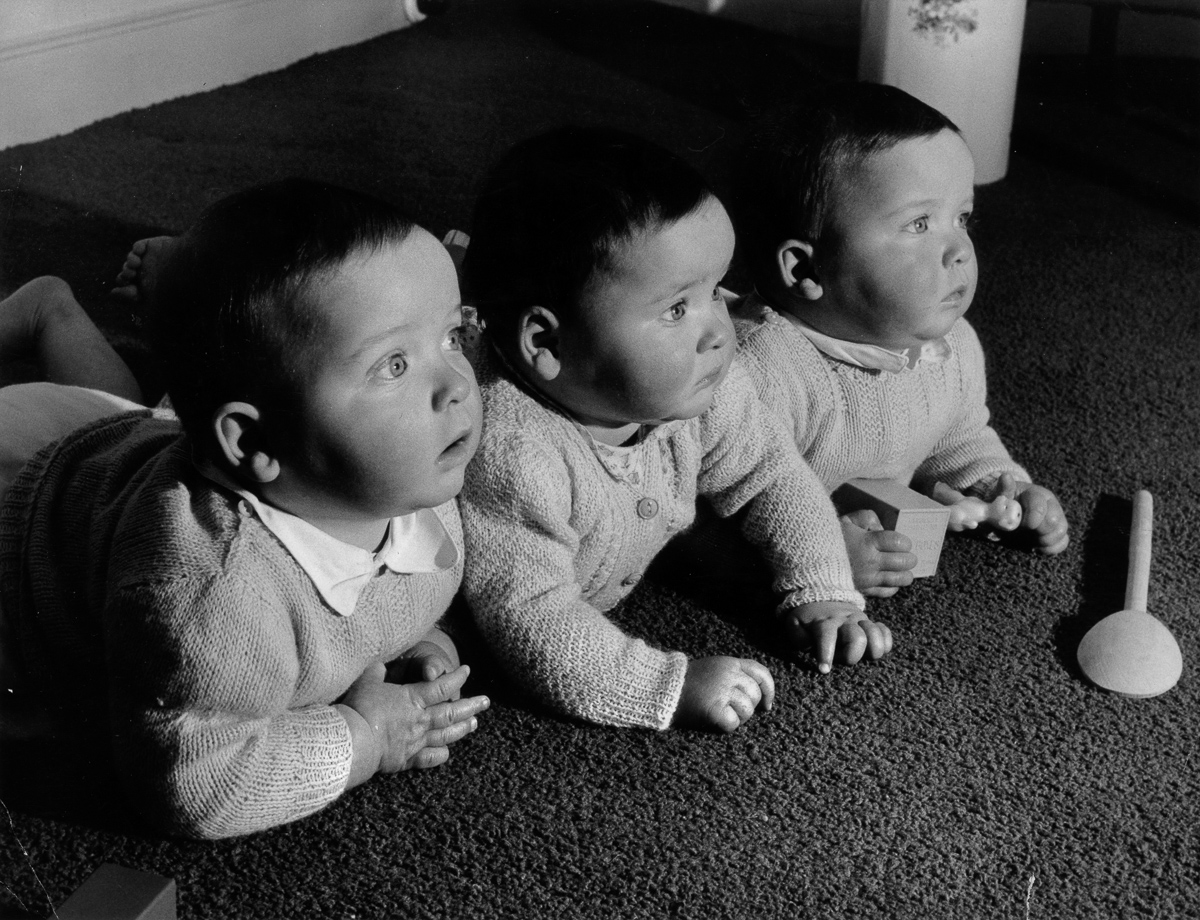The American Baby Boom

Like many industrialized Western nations, in the early twentieth century, the United States experienced a gradual decline in its birthrate, as more Americans moved off farms and into cities.
Following victory in World War Two, the United States experienced an explosion in its birth rate, adding on average 4.24 million new babies to the population every year between 1946 and 1964.
The Baby Boomer Generation
Known as baby boomers, the steady rise in youthful population was the result of a strong postwar economy, allowing American families to feel confident that they could support a larger number of children.
Boomers also influenced the economy as a core marketing demographic for products tied to their age group, from toys to records. After fifteen years of economic uncertainty brought about by the Great Depression followed by the economic drain caused by four years of American involvement in the war, soldiers who had survived World War Two returned home weary of adventure, with a unified desire to settle down into family life with their sweethearts.
Combined with educational benefits provided by the GI Bill, access to good jobs and affordable housing, the boom was on almost the moment GIs hit American soil. While some couples rushed to wed and conceive children before soldiers shipped out to war, the real spike in marriages occurred after the war, when 2.2 million couples tied the knot in 1946 alone.
With marriage came babies, and by the end of that same year, over 350,000 had been born. By the end of the 18-year-long baby boom period, 76.4 million lives had been added to the American landscape, constituting 40% of the population, which then stood at around 192 million.
The Baby Boomer Counterculture
When baby boomers came of age in the 1960s and early 1970s, they began to question the norms and values of their parent’s generation, including an unjust war in Southeast Asia, civil rights for African Americans and gender equality for women.
The free love hippy movement joined hands with the psychedelic drug movement, fueled by Ken Kesey and the Merry Pranksters on the west coast, while Timothy Leary became the acid guru on the east coast of America.
After Les Paul invented the electric guitar, amplified rock n roll ran in direct conflict with the gentle dance tunes favored by the wartime parents of the baby boom generation.
Today, now that boomers haves in effect become their parents, an estimated 73 million baby boomers have reached or are approaching retirement age, placing added stressors on the nation’s social security pension system, healthcare costs and senior living expenses, making baby boomers the largest gray wave in American history.
